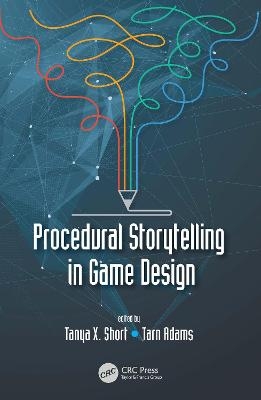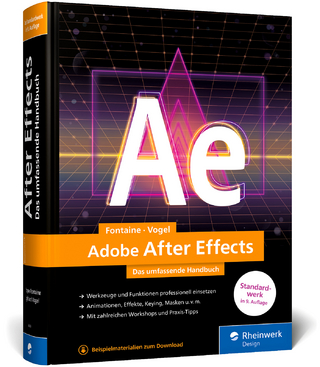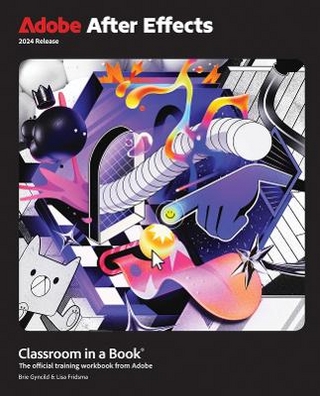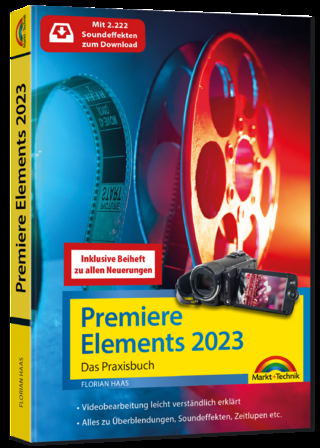
Procedural Storytelling in Game Design
CRC Press (Verlag)
978-1-138-59530-9 (ISBN)
This edited collection of chapters concerns the evolving discipline of procedural storytelling in video games. Games are an interactive medium, and this interplay between author, player and machine provides new and exciting ways to create and tell stories. In each essay, practitioners of this artform demonstrate how traditional storytelling tools such as characterization, world-building, theme, momentum and atmosphere can be adapted to full effect, using specific examples from their games. The reader will learn to construct narrative systems, write procedural dialog, and generate compelling characters with unique personalities and backstories.
Key Features
Introduces the differences between static/traditional game design and procedural game design
Demonstrates how to solve or avoid common problems with procedural game design in a variety of concrete ways
World’s finest guide for how to begin thinking about procedural design
Tanya X. Short is the director of Kitfox Games, the 4-person studio behind Moon Hunters and Shattered Planet. Previously, she worked as a designer at Funcom Games on The Secret World and Age of Conan: Hyborian Adventures. In her spare time, she acts as the co-director of Pixelles, a non-profit helping more women make games. Tarn Adams is best known as the developer of Dwarf Fortress since 2002 with his older brother Zach. He learned programming in his childhood, and has been designing computer games as a hobby. He quit his first year of a mathematics post doctorate at Texas A&M to focus on game development in 2006.
SECTION 1: Introduction to Procedural Generation. Chapter: When and Why to Use Procedural Generation.Chapter. Managing Output: Boredom versus Chaos Chapter: Aesthetics in Generation. Chapter: Ethics in Procedural Generation – Darius Kazemi. SECTION 2: Procedural Content. Chapter: Level Design Fundamentals. Chapter: Dungeons Chapter: Worlds Chapter: Puzzles Chapter: Infinite Items. Chapter: A.I. Chapter: Enemy Spawning & Challenge – Wyatt Cheng. Chapter: Animation Chapter: Audio – Bronson Zgeb. Chapter: Content ToolsSECTION 3: Procedural Narrative. Chapter: Characters. Chapter: Plot & Story Directors – Emily Short. Chapter: Text Generation – Harry Tuffs. Chapter: Personalities & Emotions. Chapter: Emergent Narrative & User Stories.SECTION 4: The Future Chapter: Generated Games. Chapter: Algorithms & Approaches. Chapter: Generating Meaning.
| Erscheinungsdatum | 18.03.2019 |
|---|---|
| Zusatzinfo | 16 Tables, black and white; 66 Halftones, black and white; 8 Illustrations, black and white |
| Verlagsort | London |
| Sprache | englisch |
| Maße | 156 x 234 mm |
| Gewicht | 712 g |
| Themenwelt | Informatik ► Grafik / Design ► Film- / Video-Bearbeitung |
| Informatik ► Software Entwicklung ► Spieleprogrammierung | |
| ISBN-10 | 1-138-59530-6 / 1138595306 |
| ISBN-13 | 978-1-138-59530-9 / 9781138595309 |
| Zustand | Neuware |
| Informationen gemäß Produktsicherheitsverordnung (GPSR) | |
| Haben Sie eine Frage zum Produkt? |
aus dem Bereich


